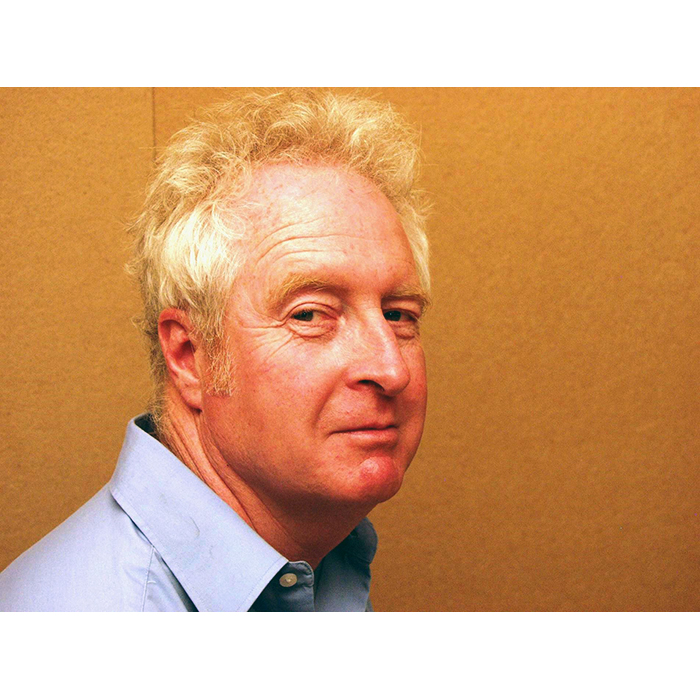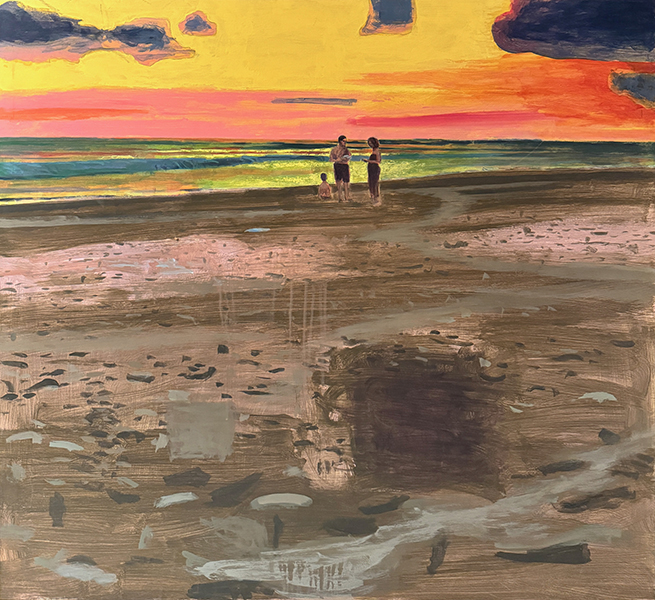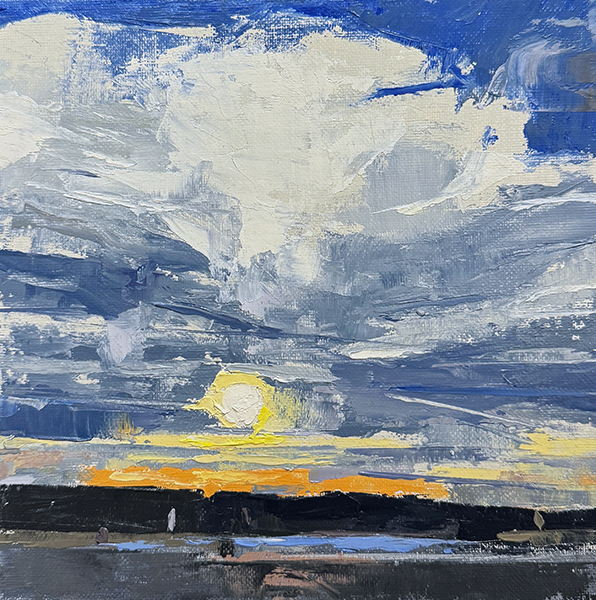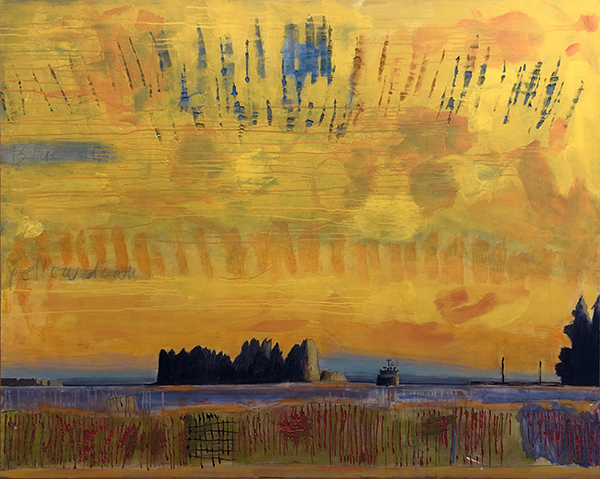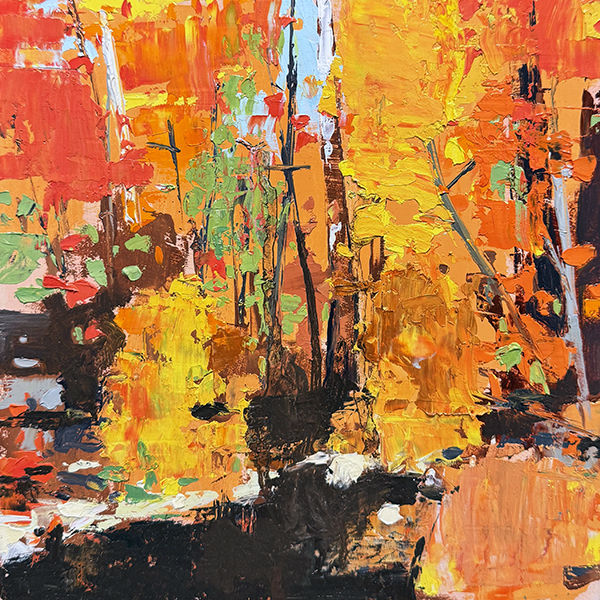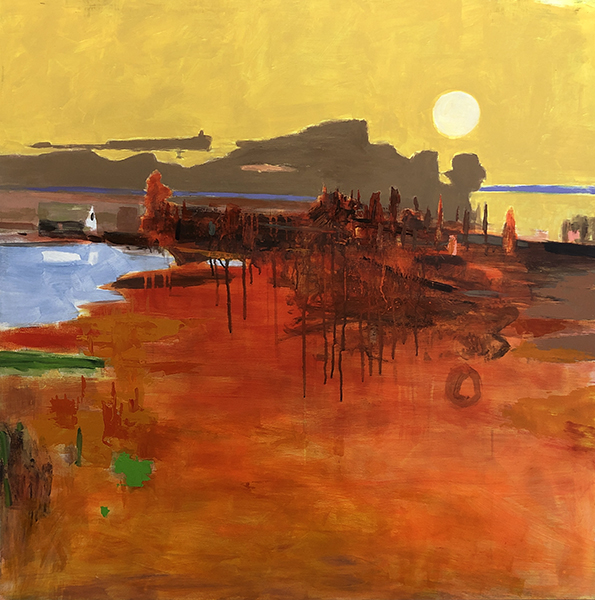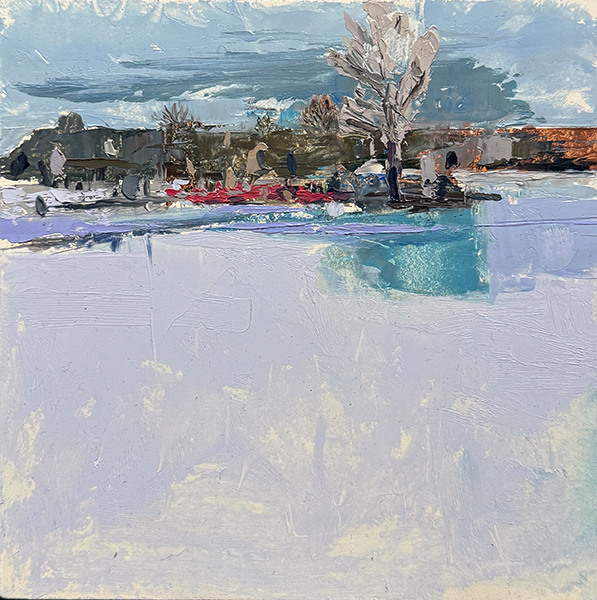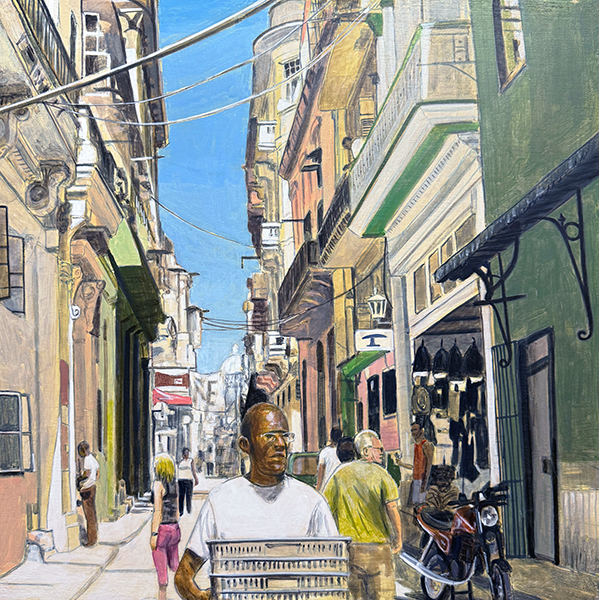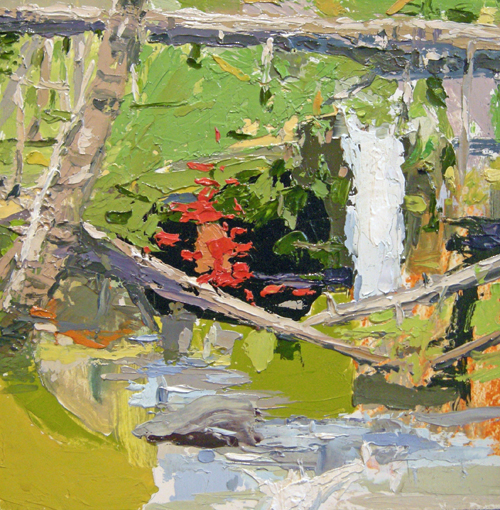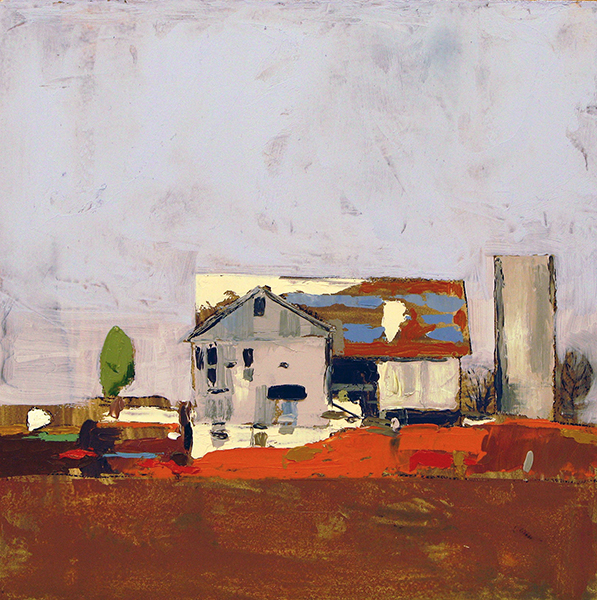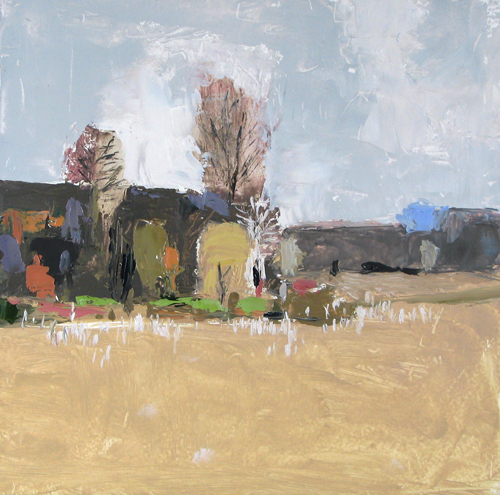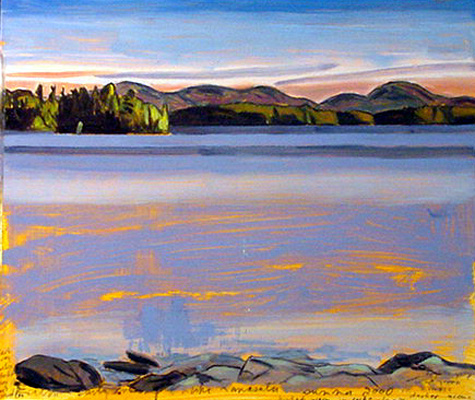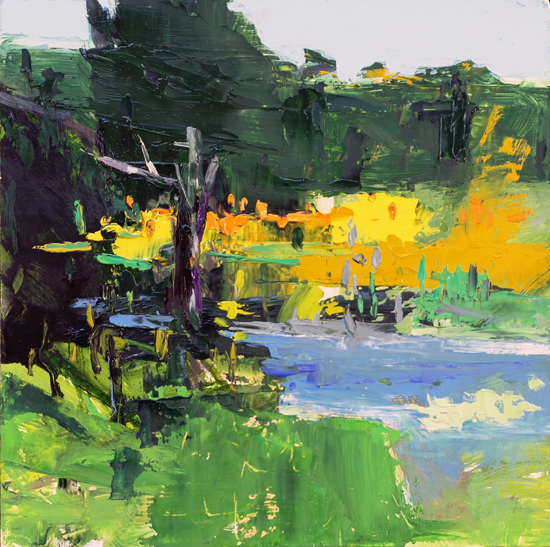Jeff Willmore
Jeff Willmore - Biography
Jeff Willmore was raised in Sarnia, Ontario and moved to London, Ontario in 1970, to pursue his career at Fanshawe College. Having initially enrolled in the Graphic Design program, he switched fields and completed a diploma in Fine Arts from Fanshawe in 1980. The shift from Graphic Design to Fine Arts was a decision really made by his teachers who taught the arts courses for Graphic Design due to his obvious talent in the Fine Arts.
London, in the 70s, was a city that had become highly influential in the rise of the Canadian art culture. Regionalism and the Regionalists artists were becoming noticed, Fanshawe College and the University of Western Ontario (now Western University) were beginning to establish their respective visual arts programs, and local artists Paterson Ewen and Walter Redinger had represented Canada at the Venice Biennale. Having the opportunity to befriend artists and connect with the vibrant arts community at that time not only influenced Willmore, but also gave him valuable insight into both the local and global realm of the visual arts.
When Willmore attended Fanshawe College he was part of the vibrant, and somewhat controversy, visual arts program initiated under the direction of Eric Atkinson. * It was a program that boldly moved away from the traditional and encouraged a freer and more experimental approach to the visual art work. Willmore notes that Michael Durham was particularly influential in effecting the direction of his painting. Durham, who had moved to London from Leeds, England was significant contributor to the rise of the Visual Arts program at Fanshawe College. Durham’s recognizable graph art style, which incorporated large areas of flat space and vivid colours, coincides with Willmore’s own approach to space and colour.
Willmore has been lauded for his immaculate ability to combine story-telling and visual art, and a lot of his earlier work was inspired by his childhood memories of living in small towns in northern Ontario. In recent times Willmore has shifted his focus towards highlighting the appeal of southern Ontario; particularly Southwestern Ontario, around the areas of London, Kitchener, Waterloo, and Windsor—with also a strong interest in the urban landscape of Detroit. Willmore has largely stayed away from conventional landscape painting—which he says represents the scene rather than focusing on the story—and has ventured into the realm of more descriptive and visually intriguing artwork—which, like storytelling, is intended to keep the audience engaged. This coupled with his unique use of graphic imagery has contributed to Willmore becoming a leading Canadian landscape painter.
Over the expanse of his artist career, Willmore has produced over 800 painting, all connected to his personal life and the surrounding landscape. He describes his art as collectively being “a history of pictures”—which does indeed summarize his work. He has had over 20 solo exhibitions in various public and commercial galleries around Southwestern Ontario, including the Nancy Poole Gallery, McIntosh Gallery, Chatham Art Gallery, and Thielsen Gallery. His work is included in several public gallery collections, such as Western University, Museum London, and the Canada Council Art Bank. - With text by Shayan Alvi
Artist Specialization: Jeff Willmore’s work explores the relationship between man and nature. Placing various figures within his expressive landscapes and street scenes, Willmore has made a practice of amassing field studies, as did earlier painters such as Tom Thomson and members of the Group of Seven however Willmore's transparent application of paint and colour, along with his fluidity of shape and form, stands in contrast to the thick paint and dense shapes of the Group. Willmore's pickup truck, which he calls his portable studio, allows him to sit comfortably as he documents the often tumultuous terrain. His work has been described as edgy, larger than life, humorous, and occasionally brutal. It shares a presence and energy that is revealed through the act of gouging the paint surface. He speaks with pride about wearing his brushes down to nubs, defying formality and conveying the sheer exuberance with which he expresses his vision.
